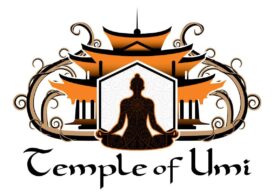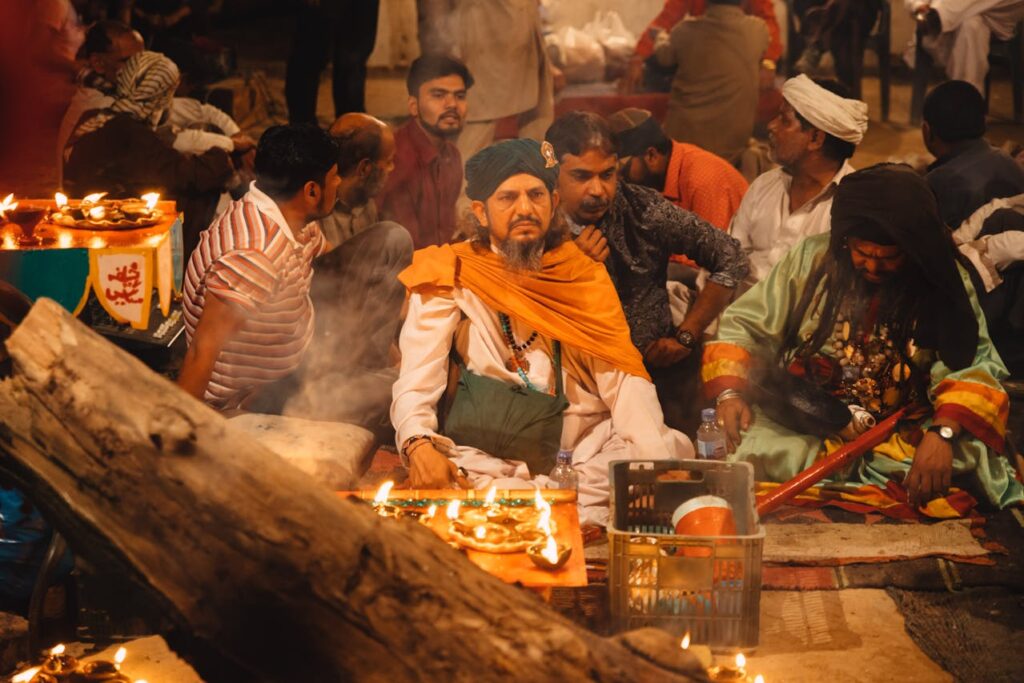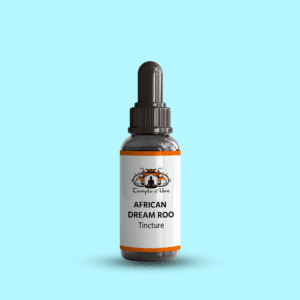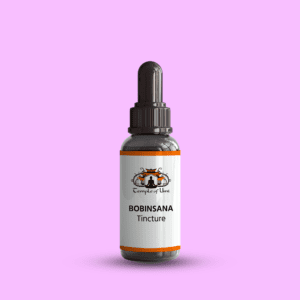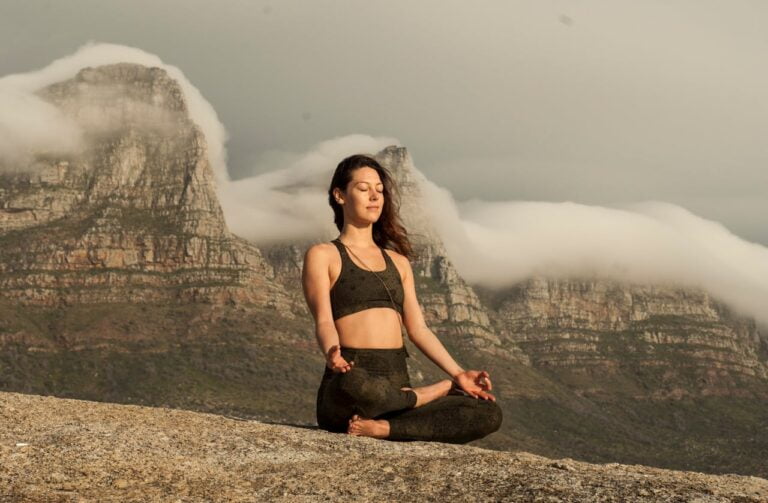Explore essential strategies for integrating the profound insights from your Ayahuasca ceremony into daily life. Learn how reflection, community support, and mindfulness can anchor your transformative experience for lasting change.
Introduction
Ayahuasca, a potent brew steeped in ancient tradition, has surged in global recognition for its profound spiritual and healing capabilities. Originating from the heart of the Amazon rainforest, this ceremonial drink is made from the Banisteriopsis caapi vine and the Psychotria viridis leaf. These ingredients unlock a doorway to the soul’s deepest realms. Historically revered by indigenous tribes for its transformative powers, Ayahuasca serves as a bridge to the spiritual world, offering insight, healing, and renewal.
In recent years, the allure of Ayahuasca ceremonies has transcended cultural boundaries, drawing individuals from all walks of life. This growing fascination is fueled by testimonials of life-altering experiences, compelling a diverse audience to seek its ancient wisdom. People are drawn to Ayahuasca in hopes of experiencing its acclaimed spiritual revelations and therapeutic benefits, ranging from overcoming personal traumas to connecting with a higher state of consciousness.
The Origins of Ayahuasca
- Historical Roots in Amazonian Tribes: Ayahuasca’s story begins with the indigenous peoples of the Amazon basin, who have harnessed its power for thousands of years. These tribes, deeply entwined with the natural world, discovered the unique synergy between the Banisteriopsis caapi vine and the Psychotria viridis leaf, crafting a sacred brew that opened the mind to the universe’s unseen dimensions. Ayahuasca was not merely a substance but a key to understanding existence beyond the physical realm.
- Spiritual and Medicinal Use: For the tribes of the Amazon, Ayahuasca was a multifaceted tool pivotal in spiritual ceremonies and traditional medicine. Shamans, or spiritual healers, utilized the brew to commune with the spirit world, seeking guidance, healing, and protection for their communities. Ayahuasca’s ability to facilitate profound introspective journeys was also employed in healing practices, addressing ailments of both the body and soul, showcasing its integral role in the cultural fabric of indigenous societies. Learn more.
Preparing for an Ayahuasca Ceremony
- Physical and Mental Preparation: The journey into Ayahuasca’s embrace demands respect and preparation, underscoring the necessity of both physical and mental readiness. Adherents often follow a specific diet, abstaining from certain foods, substances, and behaviors to purify the body and mind. Meditation and setting intentions form the cornerstone of mental preparation, guiding individuals to approach the ceremony with clarity, openness, and purpose.
- The Role of a Guide or Shaman: Central to the Ayahuasca experience is the presence of a knowledgeable guide or shaman who stewards the ceremony and navigates the participants through their spiritual voyage. The shaman’s wisdom garnered through extensive training and personal experience, ensures the ceremony’s safety and integrity. This spiritual conductor uses songs, prayers, and rituals to invoke the brew’s power, creating a sacred space for transformation and healing. Learn more.
The Ayahuasca Experience
Embarking on an Ayahuasca ceremony is a profound journey that unfolds in various phases, offering unique experiences and insights. Understanding what to expect can help participants mentally and spiritually prepare for the trip.
What to Expect During an Ayahuasca Ceremony: Phases of the Experience
- Preparation and Intention Setting: Before the ceremony begins, participants often gather to set intentions, a crucial step that guides the experience.
- The Onset: As the Ayahuasca starts to take effect, users may experience a range of sensations, from euphoria to nausea. Visual and auditory hallucinations are common, often beginning within the first hour.
- The Peak: This phase is characterized by intense psychological introspection, vivid visions, and encounters with entities or spirits. Many describe this period as confronting their deepest fears and previously unacknowledged truths.
- The Resolution: As the effects of Ayahuasca begin to wane, participants often enter a phase of contemplation, integrating the insights gained during the peak into their consciousness. Learn more.
Personal Narratives: Transformative Experiences and Common Visions
- Healing and Rebirth: Many report profound healing of emotional, physical, and psychological wounds, describing the experience as reborn.
- Connection with Nature: A standard narrative includes a deepened connection to the natural world, with vivid encounters with animals or plants that carry symbolic meanings.
- Ancestral and Spiritual Encounters: Participants frequently describe meetings with ancestors or spiritual beings, Offering guidance, forgiveness, or insight into personal and universal questions.
The Science Behind Ayahuasca
The mystical Ayahuasca brew has been a subject of scientific fascination due to its unique compound composition and its profound impact on the human psyche. Learn more.

The Compounds in Ayahuasca: DMT and Harmala Alkaloids
- DMT (N, N-Dimethyltryptamine): A powerful psychedelic compound that induces intense visual and emotional experiences.
- Harmala Alkaloids: These compounds inhibit the body’s metabolism of DMT, allowing it to have a prolonged effect on the brain.
Current Research on the Effects of Ayahuasca on the Brain and Mental Health
- Neuroplasticity: Studies suggest Ayahuasca may promote neuroplasticity, the brain’s ability to form new connections, potentially aiding in the treatment of mental illnesses.
- Mental Health Benefits: Research is exploring Ayahuasca’s effects on depression, PTSD, and addiction, with some studies showing promising results in reducing symptoms.
Navigating the Legal Landscape
The legal status of Ayahuasca varies significantly across the globe, reflecting a complex intersection of cultural, legal, and ethical considerations.
The Legal Status of Ayahuasca in Different Countries
- Varied Legal Frameworks: In some South American countries, Ayahuasca is legal and integrated into cultural practices. In contrast, many Western nations classify DMT as a controlled substance, making Ayahuasca illegal.
- Religious Exemptions: Certain countries, including the United States, have granted religious exemptions, allowing specific groups to use Ayahuasca as a sacrament.
How to Participate Safely and Legally in an Ayahuasca Ceremony
- Research and Due Diligence: It’s crucial to research the legal status of Ayahuasca in your country and seek reputable organizations or practitioners.
- Health and Safety Precautions: Consulting with healthcare providers and ensuring the presence of experienced facilitators can mitigate health risks. Learn more.
The Aftercare and Integration Process
After participating in an Ayahuasca ceremony, the journey is far from over. The post-ceremony phase, the integration process, is crucial for understanding and applying the insights gained during the experience. This chapter delves into the significance of integration and offers practical strategies for embedding the Ayahuasca ceremony’s lessons into everyday life.
Understanding the Importance of Integration After an Ayahuasca Ceremony
- Integration is essential for grounding the profound, often life-altering insights gained from Ayahuasca.
- With proper integration, participants may find translating their visions and emotions into meaningful change easier.
- The integration process helps heal, personal development, and spiritual growth, ensuring the ceremony’s benefits are fully realized.
Strategies for Integrating the Ayahuasca Experience into Daily Life
- Reflection and Journaling: Begin with personal reflection. Journaling can help articulate and process the ceremony’s experiences.
- Community Support: Engage with a supportive community or a group that understands the Ayahuasca journey. Sharing experiences can offer additional insights and validation.
- Professional Guidance: Consider working with a therapist or a guide experienced in Ayahuasca integration to navigate complex emotions and insights.
- Mindfulness Practices: Incorporate meditation, yoga, or other mindfulness practices to maintain a connection with the inner self and the lessons learned.
- Creative Expression: Use art, music, or writing to express and explore the ceremony’s impact creatively and therapeutically.
Controversies and Criticisms
While Ayahuasca ceremonies offer profound spiritual and healing potential, they are not without their controversies and criticisms. This chapter addresses these concerns head-on, exploring the safety, commercialization, cultural appropriation, and ethical considerations surrounding Ayahuasca use.
Addressing the Criticisms: Safety, Commercialization, and Cultural Appropriation
- Safety Concerns: The physical and psychological safety risks associated with Ayahuasca, including the importance of medical screening and psychological readiness.
- Commercialization Issues: The growth of Ayahuasca tourism has led to concerns about the exploitation and quality of ceremonies, emphasizing the need for responsible practices.
- Cultural Appropriation: The ethical implications of non-indigenous peoples adopting and adapting Ayahuasca ceremonies and respecting its cultural origins and significance.
Ethical Considerations in Participating in an Ayahuasca Ceremony
- Informed Consent: Ensuring participants are fully informed about potential risks and benefits.
- Sustainability: Supporting practices that preserve the Amazon rainforest and respect indigenous traditions.
- Integrity of Practice: Choosing facilitators and settings that uphold the highest ethical standards and respect for the sacred nature of Ayahuasca.
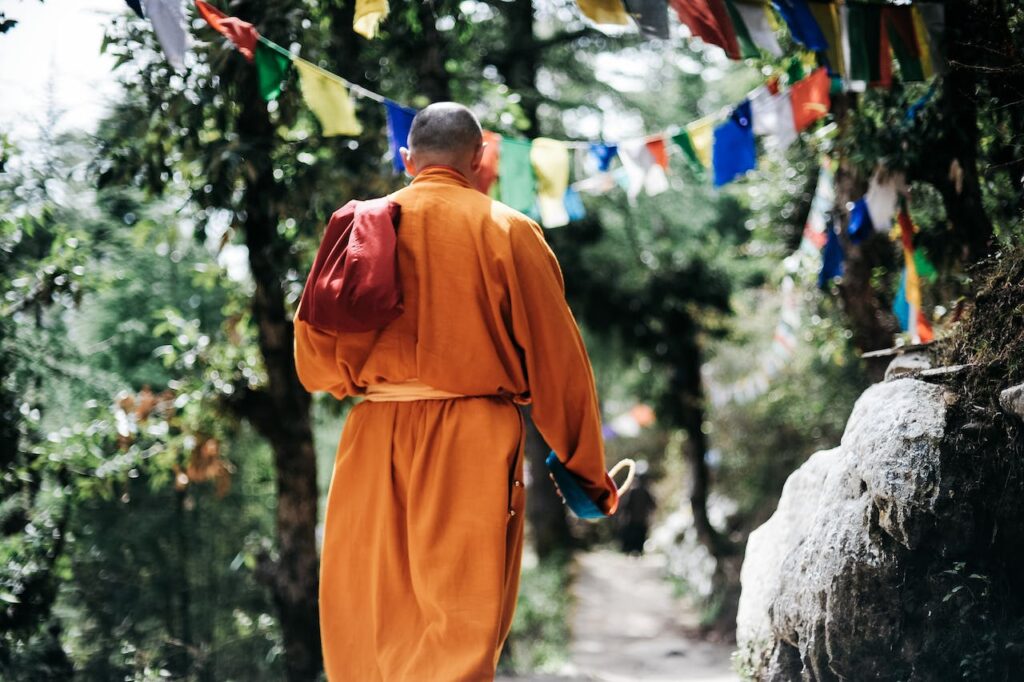
Final words
The Role of Ayahuasca Ceremonies in Modern Spiritual and Healing Practices Ayahuasca ceremonies have emerged as a pivotal element in contemporary paths toward spiritual awakening and emotional healing. They offer a unique window into the psyche, facilitating profound personal transformation.
Future Outlook: The Evolving Landscape of Ayahuasca Use Worldwide
- As global interest in Ayahuasca grows, so does the dialogue around its ethical, legal, and cultural dimensions.
- Continued research into Ayahuasca’s therapeutic benefits may influence future legal status and integration into mainstream healing practices.
- The sustainability of Ayahuasca practices and respect for its indigenous roots remain central to the conversation, guiding the path forward in the responsible use and preservation of this ancient tradition.
